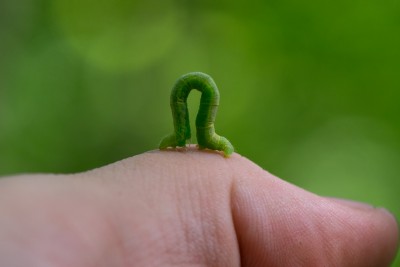
Inchworms are arguably the first thing that come to mind when we think of caterpillars; that curving arch that these critters make as they ‘inch’ their way across a surface is, dare we say, iconic. This article will take a brief look at inchworms: their characteristics, behaviors and place in the natural world.

Otherwise known as measuring worms or loopers, inchworms are caterpillars of generally any North American moth species. The word ‘inchworm’ is thus an umbrella term for a large group of moth species (thousands, in fact) and does not refer to any one specific species of moth larva. This means that they can vary greatly in size and color, but what they all have in common is their legs on either end of their body and lack of legs in the middle, which is what forces them to move in the way that they do. Like most caterpillars, their life cycle is split up into four stages. They start as an egg, then become larvae (this being the stage that the term ‘inchworm’ is referring to), hence becoming pupae and forming a chrysalis in which they undergo metamorphosis to finally become a moth! Since the range of species that full under the term ‘inchworm’ is so vast, the duration of each stage varies, as does the amount of eggs laid and offspring that are produced.
That being said, what all inchworms have in common is that they infest trees. Their eggs are laid there and that is also where they feed. Their diet consists mostly of the leaves and fruit of various trees and bushes, though between the thousands of species there are, the diet can vary. Unfortunately, inchworms are considered pests when they feed in large groups, as they can cause significant damage to the plants they feed on. Plants that commonly are under threat of inchworm infestations include maple trees, blueberry trees and a plethora of garden plants too. It is also difficult to catch them in the act, as most species of inchworm are nocturnal, feeding only at night to avoid predators, and efforts to get rid of them with insecticide are in vain, as inchworms are typically immune to them. Similarly, one defense mechanism that certain species of inchworms do possess is the ability to spin silk in a moment’s notice to hang off a leaf before the predator gets them. After a while, once the inchworm is safe, the silk will harden, making it possible for the inchworm to climb back up to the leaf to continue feeding. Like all caterpillars, inchworms spend their entire larval stage feeding in order to store a sufficient amount of energy to undergo metamorphosis once they get to the pupal stage.
Lastly, a fun fact about inchworms is that they also have a mythological background. Inchworms’ alternate name, the ‘measuring worm’ come from the notion that they are measuring that on which they are walking, inch by inch.’ Hence, it is said that if an inchworm crawls on you, it is measuring you for your coffin. This is a rather macabre way of looking at these cute little critters, but our readers can take that as they will. In actual fact though, if an inchworm does crawl on you, they are likely looking for something to eat, or they might have just ended up there by accident.
To conclude, this has been a brief look at inchworms. Although this article has taken a very holistic approach to this umbrella term of thousands of species of moth larvae, we hope that our readers were able to learn something new and interesting! We also wish warmth and safety for all our readers during these unprecedented times.
All About Worms is always free, always reader-supported. Your tips via CashApp, Venmo, or Paypal are appreciated! Receipts will come from ISIPP Publishing.
You might also find these guys interesting!




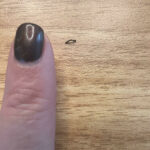
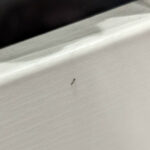
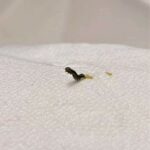
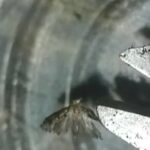

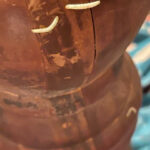
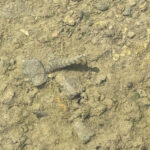
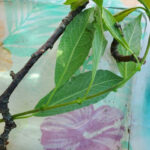
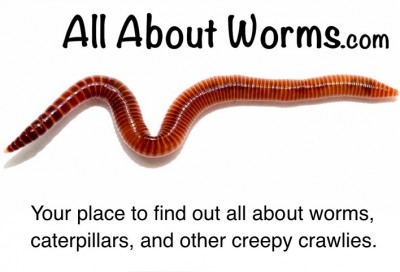
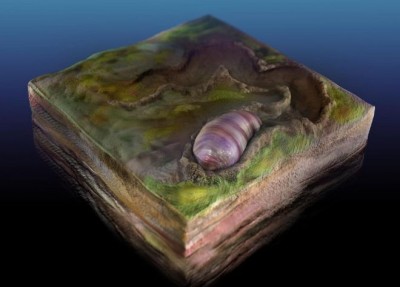



Are the leaves from a money tree safe for inchworms to eat?